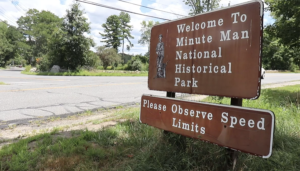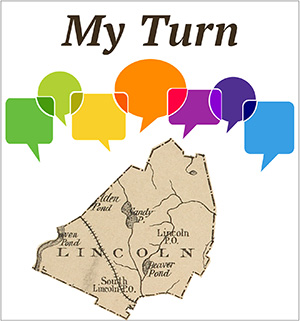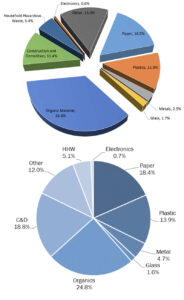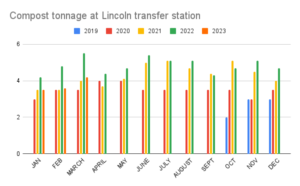 Minute Man National Historical Park and nearby landmarks have been designated as one of America’s 11 most endangered historic places by the National Trust for Historic Preservation.
Minute Man National Historical Park and nearby landmarks have been designated as one of America’s 11 most endangered historic places by the National Trust for Historic Preservation.
The Trust chose MMHNP due to threat of private jet hangar expansion at nearby Hanscom Field, which would significantly increase the number of private jet flights along with noise and greenhouse gas emissions. The jets would use the runway that directly overflies Minute Man Park, Walden, Great Meadows National Wildlife Refuge, and historic homes in Concord, Lexington, Lincoln, and Bedford. Hanscom is the only airport in the country that abuts a national historic park and a national wildlife refuge.
The park and surrounding area designated by the Trust includes the site of the first battle of the American Revolution on April 19, 1775; the homesteads of the authors Thoreau, Emerson, Hawthorne, and Alcott; Walden Pond and Walden Woods, and properties connected with the Underground Railroad and Brister Freeman and Caesar Robbins, two enslaved men who were emancipated after their service in the Revolutionary War.
“Against the dire backdrop of our warming climate and the climate disasters that result, causing so much suffering for millions, it is utterly appalling to consider a massive development for luxury private jets in the midst of the landscape that inspired the founding of our democracy and the American environmental movement,” actor and activist Ashley Judd said at the May 1 announcement ceremony in Concord. “We must take responsibility for protecting both our historic sites and our planet by firmly opposing this completely senseless development.”
“Today’s announcement reminds us of the enduring responsibilities we bear: to preserve our national treasurers like Walden Pond and Walden Woods through vigilant advocacy and devoted stewardship. Without both, we face the very real possibility that these national treasures could be lost for future generations. Critical choices lie ahead. We must choose wisely by prioritizing what is essential for the preservation of the special places that inspire us, embody our history, reflect our values and define us as Americans,” said Don Henley, musician and board chair of the Walden Woods Project.
The Trust encourages residents to sign their petition urging Gov. Healey and U.S. Secretary of Transportation Pete Buttigieg them to stop expansion of Hanscom Field.
The project’s draft environmental impact report and other documents can be found here. The public comment portal is here (project 16654, login/registration required). The deadline for comments on the DEIR has been extended to June 14, 2024.






